As we draw near to the Tudors and Stuarts History Weekend this coming weekend, Dr Diane Heath and Toby Charlton-Taylor are very busy having practice sessions with our great speakers. This has been interesting if at times nerve-racking and Diane and I are exceedingly grateful to Toby for his expertise, patience and ingenuity. However, we are almost there! For details and booking see: https://www.canterbury.ac.uk/tudors-stuarts
The main focus in the blog this week is the Kent History Postgraduates’ group catch-up meeting, but before that I have a couple of quick items. When not working on Tudors and Stuarts 2021, Diane is busy on her ‘Medieval Animals’ project application to the National Lottery. This involves complex spreadsheets and prose to ensure everything is covered in the application, and that everything matches accordingly. It will be a great achievement when it goes into the Lottery!
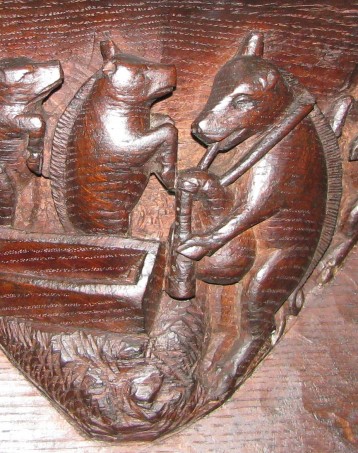
Of course, as well as Tudors and Stuarts 2021, late next month will be Thomas Becket: Life, Death and Legacy, a three-day online conference organised by the HLF-funded Canterbury Journey team at Canterbury Cathedral, with staff at the University of Kent and Canterbury Christ Church University from Wednesday 28 to Friday 30 April. The conference programme is now available on the website, so well worth checking out at: https://becket2020.com/ and any questions, please email: canterburybecket2020@gmail.com Standard Tickets are £25 per day and for students the day rate is £10.
As well as conference talks and keynote lectures, there are several virtual tours which feature aspects of the cathedral and its collections. One of these is on the mazer bowl which belongs to St Nicholas’ hospital at Harbledown and is on display in the Cathedral Treasury. I’m looking at it in terms of whether it can be considered a ‘Becket relic’ under the theme of ‘Legacy’, for culturally it is as interesting for what it may reveal about modern society as it does about attitudes in the Middle Ages and over the Reformation. These virtual tours are being filmed at the moment, and, having done my piece to camera on Tuesday this week, Alba Jato, who is working with Sarah Turner as part of The Canterbury Journey team, will be filming the mazer itself this Friday before producing the finished work.
Keeping with the idea of exploring medieval material culture, the Faversham ‘painted pillar’ talk produced as part of the Kent Archaeological Society lecture series, is now available to see using this link: https://www.youtube.com/watch?v=VCpuvV4nUrc
And if you want to see work by several members of the Kent History Postgraduates, please check out ‘Picture this ….’ that this year has taken as its theme Thomas Becket: https://www.canterbury-cathedral.org/heritage/archives/picture-this/a-flask-for-the-journey-a-becket-ampulla/ Dr Diane Heath is the editor from CCCU, with Dr Stuart Palmer and Dr Robert Gallagher on behalf of Kent MEMS and Cressida Williams from the Canterbury Cathedral Archives and Library.
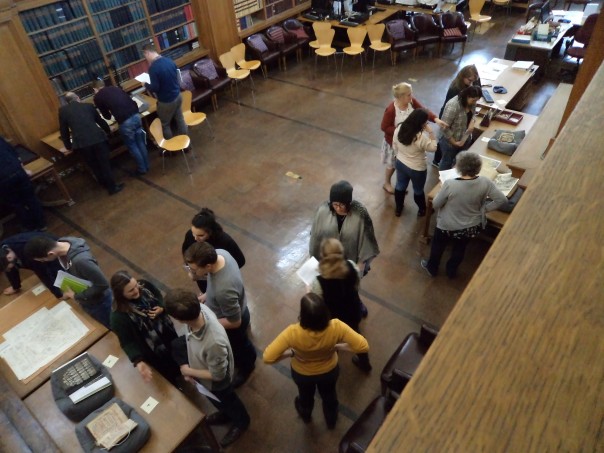
This brings me to the Kent History Postgraduates and, as regular readers will know, normally this meeting would have been a presentation by one of the group. However, Victoria Stevens had a work commitment this week and thus will be giving her presentation on the St Albans library inventory next time, with Lisa Duffy’s presentation a fortnight after that on her analysis of a large assemblage of skeletons from Canterbury’s Roman period. Consequently, I’m going to offer a catch-up on people’s research activities, although Tracey and Lily similarly had work commitments and thus could not be present, but Jacie did report that Lily is still enjoying her work on a community archaeology project at Aylesbury.
Starting with Grace, she has been very busy reading secondary material on community wellbeing. There is a growing literature on this topic, albeit only recently has the heritage industry become more involved but it certainly has over the last year or so. Nevertheless, as Grace pointed out, trying to produce agreed definitions and how they can be achieved is far more difficult to pin down. And on a very different topic, Grace has drawn on the diary of Herbert Tourtel, the husband of Mary and the creator of Rupert Bear, to produce a piece for Professor Carolyn Oulton’s digital literary Kent Maps project.
Keeping with the archaeologists, Richard is getting more practice in terms of university teaching, while for his research project, he has been very busy working through the Canterbury Archaeological Trust reports relating to Roman pottery finds in the Anglo-Saxon horizons. He has not been finding that much evidence and what there is appears to be mostly decorated fine wares. Nevertheless, this is proving to be interesting and may suggest avenues for his later research.
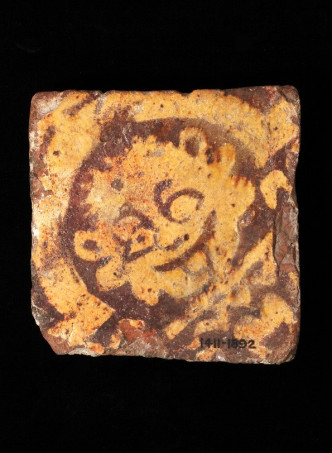
Lisa at the other end of the doctoral journey is very busy on her data analysis, and this is proving to be quite challenging because she wants to use different parameters compared to previous analyses, but at the same times needs to have comparable data from other investigations. Thus, how to code the data and how she should deploy matters like life course for her categories are all keeping her very busy. More on her research in a few weeks’ time after her presentation. In addition, she has two joint publications in process, having worked with members of Canterbury Archaeological Trust on these, but she is not sure how far they have got in the process. Finally, she has been doing some teaching in the new building on campus, in part with Dr Ellie Williams on Ellie’s ‘Bones and Bodies’ module.
Janet, too, has been more involved with archaeology than documentary sources recently regarding the landscape of Scadbury. She has been and will continue to be involved in a watching brief there for the next couple of weeks, although so far the findings have been minimal, but all will help towards unravelling the history of the site. She also brought the ‘Picture this …’ initiative to the attention of everyone because it has been a useful opportunity for postgraduates in the past.
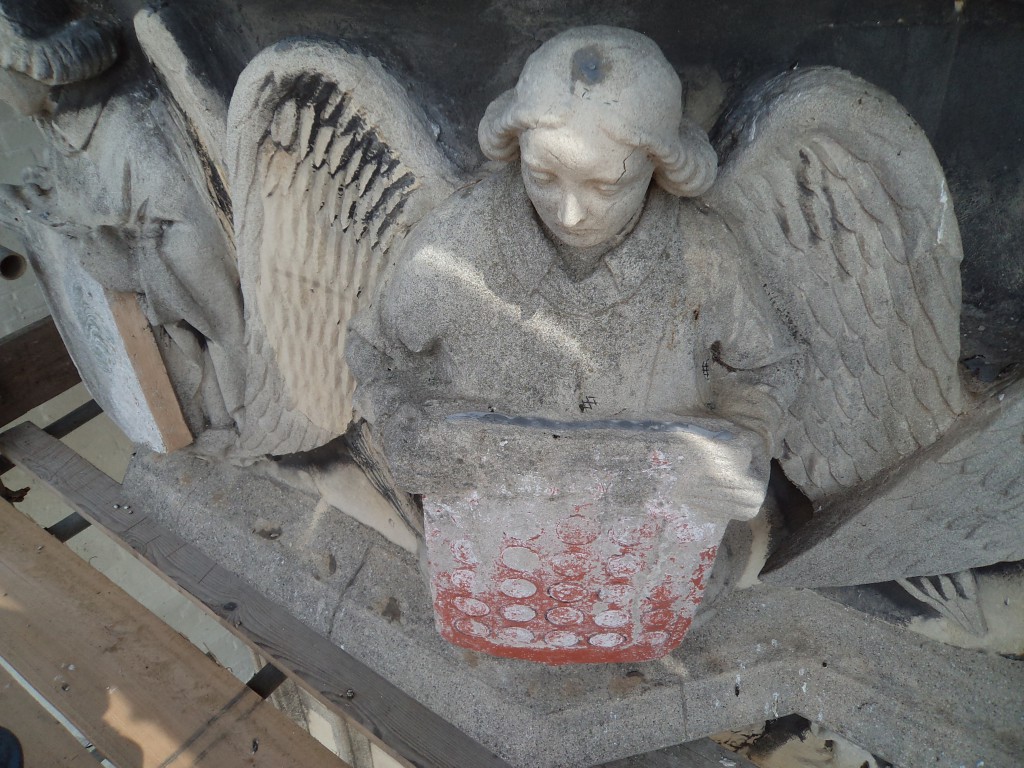
Staying in west Kent, Maureen has been continuing her work on the Culpeper/Culpepper family, especially the sons of Sir Alexander Culpepper of Bedgebury including two called Thomas. To get a greater feel for the context, she has been reading a biography of Catherine Howard, who, of course, is linked to the younger Thomas Culpeper! However, in many ways she is more interested in the elder Thomas, as well as a George Harper their elder stepbrother because of their involvement in Tonbridge and its iron works. Moreover, in relation to the local iron works it is also important to add the interests of the Duke of Northumberland to Harper and Culpeper. Even though Maureen had not intended in her research plan to be looking at the Tonbridge and district iron industry this year, because archives remain closed she has brought this forward and so far she has been able to make good progress using online resources.
Keeping with the Culpeper family, Jane, too, has been following the career of certain family members, and not only the Bedgebury branch of the family because other branches had interests in Newenden. This is useful for the Lossenhan project (more on that in the coming weeks), as well as for Jane’s doctoral research. Consequently, she has been examining several other Culpeper wills. She has also been doing more reading within the historiography on gift-giving and female patronage, not least because this is important for her paper for the annual medieval conference at Leeds this year, which like last year will be online.
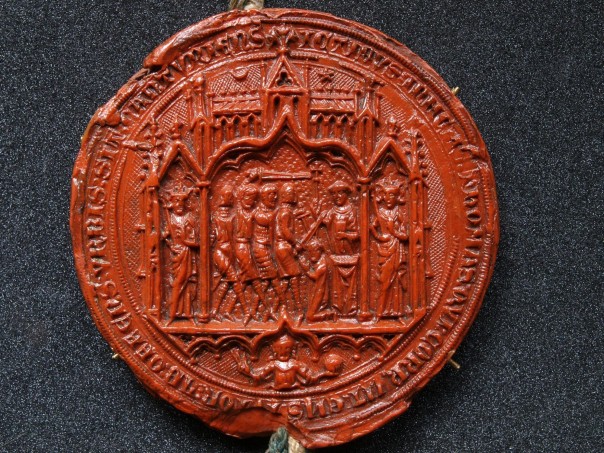
Pete has been working on a lecture on the early history of the Prayer Book, especially how it came into being, who was involved, their various relationships and what were the influencing factors both in this country and continental Europe. He has also been working on Maximilian Kolbe, whose name was added to the wall of martyrs by Pope John Paul II during his visit to Kent. Pete’s Masters thesis will soon be published as a book, which is great news, and he is currently tackling some outstanding questions that this earlier research threw up.
Like many others, Jacie is waiting for the archives to reopen because she needs this access. In the meantime, she has been reading Jenifer Purcell’s Domestic Soldiers as well as again exploring wartime propaganda films to compare class-based attitudes between WWI and WWII. This developed into a discussion about Screen Archive South East and it seems they have a section on rural life at: https://screenarchive.brighton.ac.uk/theme/Rural%20Life/ which might be worth investigating.
Coming finally to Dean, he said he has been busy tidying up some loose ends on various projects, and, of course, his viva will be coming up relatively soon. Thus, as always it was great to hear about all of these varied and fascinating research projects and next week I’ll be bringing you a report on Tudors and Stuarts 2021.
 Centre for Kent History and Heritage
Centre for Kent History and Heritage Sheila Sweetinburgh
Sheila Sweetinburgh 1334
1334


